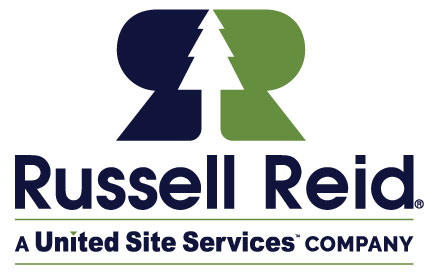Most of us do not give a second thought to what happens to waste after we get rid of it. ‘Out of sight, out mind’ as they say. The truth is; every piece of discarded trash or debris, whether tossed, flushed or even thrown in the garbage, must be dealt with in some way in order to protect our environment.
You may not know that there are many underground systems in place, silently working to treat or pretreat our waste. These systems range from small tanks to large multi chamber facilities designed to reduce the most amount of pollutants. Some are used to pretreat waste prior to sending it on to municipal waste treatment and others are designed to work independently of the municipal system, performing all phases of treatment on site.
Septic tanks and cesspools may be the most commonly known onsite wastewater management system. They operate independently of the municipal system and employ a natural method of wastewater treatment. Settling and natural breakdown by bacteria is aided by occasional septic pumping to remove solids and the clean water is released back in to the environment. However, without occasional septic system cleaning to remove the solids, this material can be forced in to the drainfield, polluting the land and clogging the soil so that the system may fail over time.
Grease is the most common cause of sewer backups and can clog up municipal wastewater treatment facilities. To help prevent this, most restaurants and food processing establishments have grease traps to help filter grease from the water before it enters the municipal sewer system. Grease traps also use a natural method which includes cooling and separation. Regular grease trap pumping helps remove the solid material to keep it from building up and entering the municipal system or causing a clog or back up. Some municipalities even regulate grease trap maintenance in order to reduce the amount of grease entering and clogging their systems.
In order to combat pollution and protect our water quality, the EPA now mandates that any new development or site that is being expanded, either larger than one acre in size or close to a waterway, must have a stormwater maintenance plan in action. These plans involve having systems on site to pretreat wastewater. Some of these systems treat wastewater that is generated during a manufacturing process or other facility operations. Others are designed to filter out garbage and debris from stormwater to prevent it from entering our waterways.
The old traditional types of stormwater treatment are no longer sufficient and do not remove enough pollutants. Newer treatment systems are designed to remove not only garbage and large particles, but also filter out fine particles such as grease, oil, chemicals and other contaminants. Good examples of these are the StormFilter and Vortechs systems, which are manufactured by Contech Construction Products, Inc.
The StormFilter system is an underground system which collects and treats wastewater using a system of filters. The tank collects large debris such as garbage and the water flows through the filter system which collects smaller particles as well as grease, oil and other pollutants. The Votechs system also collects and treats wastewater prior to discharge, but uses a swirl chamber which separates the pollutants and stores the waste for removal. Both systems require maintenance in order for them to continue to function reliably. Maintenance schedules vary depending on the amount of waste being treated.
In this time of greater environmental concern, more and more people are becoming aware of their impact on the environment. Hopefully, with greater awareness will come more responsibility. Meanwhile, Russell Reid will continue to travel the region and service the silent underground, one stop at a time, in our never ending journey to do our part to help protect the environment.




